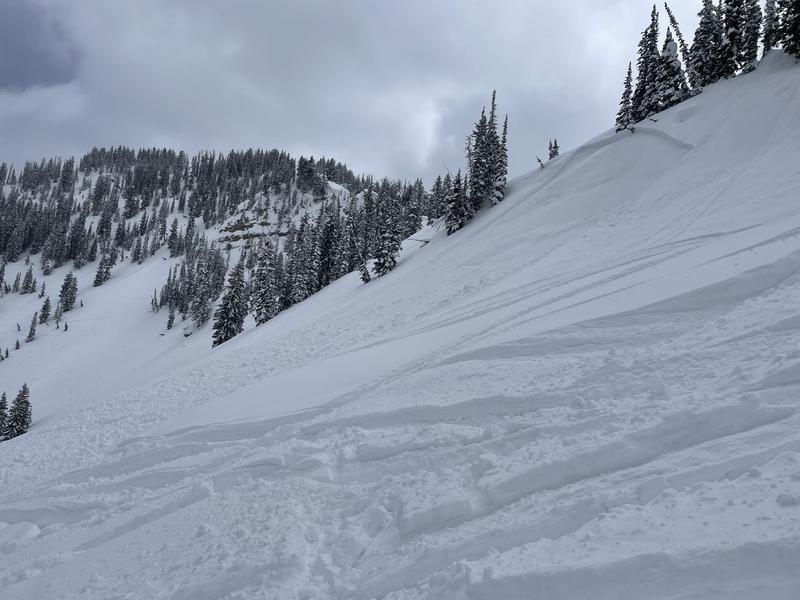Forecast for the Provo Area Mountains

Issued by Nikki Champion on
Tuesday morning, April 2, 2024
Tuesday morning, April 2, 2024
This morning, there is MODERATE avalanche danger on all aspects at mid and upper elevations, where triggering a soft slab of wind-drifted snow remains possible.
Throughout the day, the strong sun and very warm temperatures will cause the avalanche danger to rise to MODERATE on steep solar aspects and some lower elevation polar aspects as the slopes heat up and the snow becomes wet. Dealing with wet snow is a matter of timing, and avoiding being on damp surfaces during the warmest part of the day is the best approach.
Avoid traveling on or underneath corniced ridgelines, as they may collapse due to warming.

Low
Moderate
Considerable
High
Extreme
Learn how to read the forecast here






